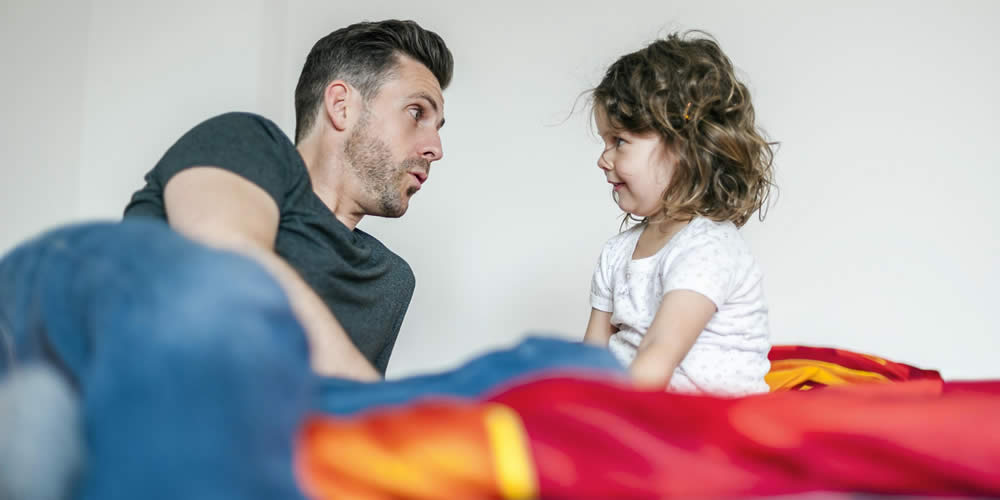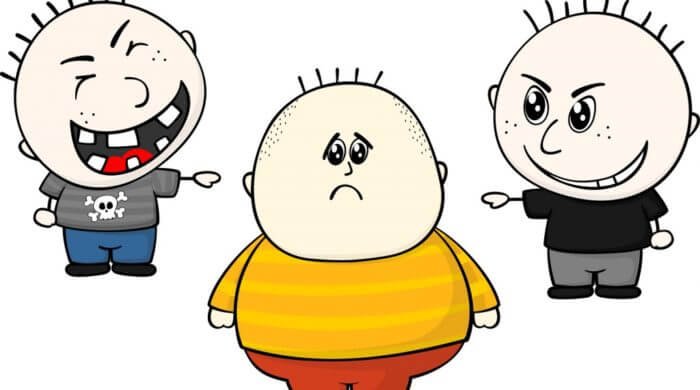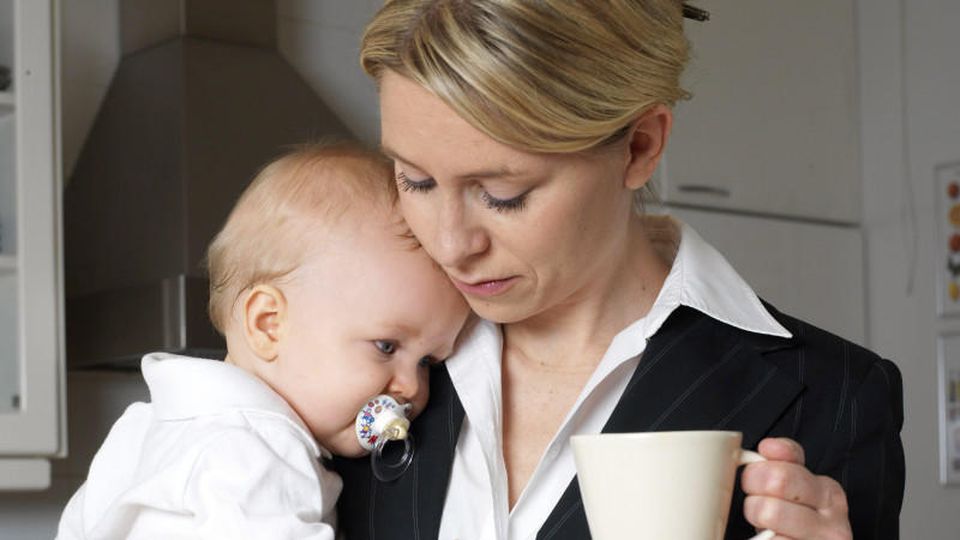
Sylvia Meise
Freelance journalist, Frankfurt
family&Co spring / 18: air – "The 4 elements", Part 2
Simply inflate your cheeks and off you go! The five-year-old Leann blows very firmly through a funnel while holding one hand in front of it. Her eyes are spherical with exertion and she realizes: "That was my wind!" Getting the element of air moving is exactly the right research program for children: exercise, amazement and trying new things alternate. Not least because of this, day care teams with their preschool groups regularly take up the topic.
Leann’s daycare center in Frankfurt is an example of this. Every Friday, two specialists are responsible for science education. Today they prepared four tables as air learning stations and equipped them with various materials. Including feathers, balls, cardboard rolls or fans – also drinking straws, plastic syringes and even a ball pump.
The educator is always within reach, but they want the children to get to know the materials in peace and independently. And that’s exactly what happens. Marie blows through a drinking straw and lets a feather fly. Armin stands in front of a cardboard box and explains: "This is a wind machine." There is a hole on the front, in front of which he places a table tennis ball. Then he hits right and left with his hands on the sides: Paff! The ball makes a little bounce. Big fun! Everyone else wants to do that too.
A successful start – the whole group of children is completely fascinated. This is not only because of the great campaigns, but also because the specialists reacted to the children’s questions with this research day. After a violent storm, they had become stuck on this subject. The natural science team then took up two questions: "What moves the air?" Or "How can we make wind?"
Another example comes from the Warnowkrümel daycare center in Mecklenburg-Western Pomerania. This also encourages the children to actively get to the bottom of their questions. Three years ago, a group of children wanted to know why their homemade planes fly at different speeds. So that they could conduct their research in peace, the whole day care center dealt with the topic of air and flying for 15 days.
The children made airplanes out of different materials and found that air "can slow down or accelerate the movement of objects". They also used water straws to blow water over their drawing paper and used the air as a brush. They first made their planes, then painted them and then made them fly. In concrete terms, this means that they had to climb stairs and run down again and again. After that, they were definitely lacking in air.
After all, everyone was so excited that the adults described the project and sent it to the staff at the little researchers’ house. They found the practical tip so good that they published it on their website. There you can now read that the children particularly liked back then, as could combine her aerial research with creative and movement. In addition to this, there are many other research tips for copying on the website.
These include the popular “bottle tornado”. Here a bottle is filled to a third with water or the like, and screwed airtight with an adapter to a second, "empty" bottle. Now hold on to the bottom while the top is turned quickly and in a circle. Air and water get moving: A tornado is created – and the water is in the middle.
And of course the gummy bear submarine. For this, the jellyfish are attached in a glass, which is then turned over and dipped into the water like a bell – and then? The big surprise, of course, is that the bears don’t get wet. It’s also fun to pop bubble wrap. Or to make a wind chime out of wood and pearls together and listen to the sounds. Who still knows beautiful sound games with air? Who can whistle? Squeak a blade of grass or a balloon? Also To sing only works with air.
All actions with which children can recognize that air is not nothing. That a bottle or a glass is not empty when there is no more liquid in it, but is full – with air. A simple fact that probably not all adults are aware of.
Some mums or dads will still wonder whether such an effort really makes sense for preschool children. The answer: Unless the children are forced to do things they are not interested in, yes! Then they even benefit a lot. Children have their own ideas about how the world works. Some of it is surprisingly true, others are not. This is not because they think wrong, but because they draw age-appropriate conclusions.
Wind out of the box!
About three-year-old children still think that air is nothing. Through experiments like the ones mentioned above, they now experience that it is different. The older they get, the more their ideas come closer to what is true. The more experiences they have, the stronger. That is why it is important that you get as many suggestions as possible. Also about things you don’t have any questions about because you don’t know them yet.
This is exactly what kindergarten teams that organize such research days offer. For example, he probably would not have thought of the ingenious shoebox wind machine that just fascinates Armin. It may look inconspicuous, but it ignites little gusts in the children’s minds: Why does wind come out of there? There’s nothing in there? Or is it? Paff! Now it’s five-year-old Ghizlan’s turn and notices: If the ball is not exactly in front of the hole, nothing happens. She does this experiment again and again and sometimes holds it hand in front of the hole while others are doing it. This is how she learns that there must be air in the box.
Really good questions
In order for children to understand what they are doing, they need attentive learning support – and that largely consists of asking good questions. For Dr. Stephan Gühmann from the Little Researchers’ Foundation an essential aspect to initiate learning processes: "We should not only ask for their knowledge, but for experimentation Discover and research ourselves: ‘What did you do or what happens when you turn the bottle?’ After the experiment, it is about the findings: what does this remind you of? What was new for you You can also ask: What have you learned? or what do you want to find out now? "
How can you tell that they have learned something? Dr. Gühmann, who heads the training for daycare and primary school specialists at the foundation, replies: “If they apply what they have learned in everyday life. Or if they can explain what they did. ”He uses an example to describe how this can sound:“ Once a boy showed me his portfolio and told me about the experiment with the upside down water glass – you put a beer mat on it Glass of water, and then you turn it over. The boy showed me the pictures and said: ‘Look ma, I was little when I was there, I thought the water was sucking up the beer mat. And now I know that the air is pressing against it from the outside. ""
You can also experience this outside. If you run through the garden with a newspaper in front of your stomach, you can feel the air pressing it tightly against your body. Landart artists like Andy Goldsworthy have the most beautiful outdoor ideas with air. He throws hands full of snow, red earth or yellow petals in the air – and then watches the wind distribute the colorful cargo.
Such actions should always be offered, because preschool children learn best when they can do something themselves – with all their senses. The Frankfurt children therefore always had the opportunity to feel the air up close. For example, when she whirled around their ears in the swing cloth – or with their self-made pinwheels, which they ran to compete with those outside. You will not forget that.
RELATED ITEMS
-

Proper communication with children – baby and family
Sometimes tots do exactly the opposite of what you expect them to do. In five situations we show how to communicate with…
-

Childhood obesity – parent compass – your magazine for pregnancy, baby – family
Some kids have unhealthy eating habits. While some eat little or no food, others eat much more than […] obesity…
-

Children learn with ease – baby and family
Children are constantly discovering new things – and best of all, by playing. An expert explains how you can encourage your little one to play with…
-

Not enough time for the family: why are children always neglected?
Not enough time for the family: why are children always neglected? July 24, 2018 – 4:04 pm Not enough time for the family – why is that? An actual…
